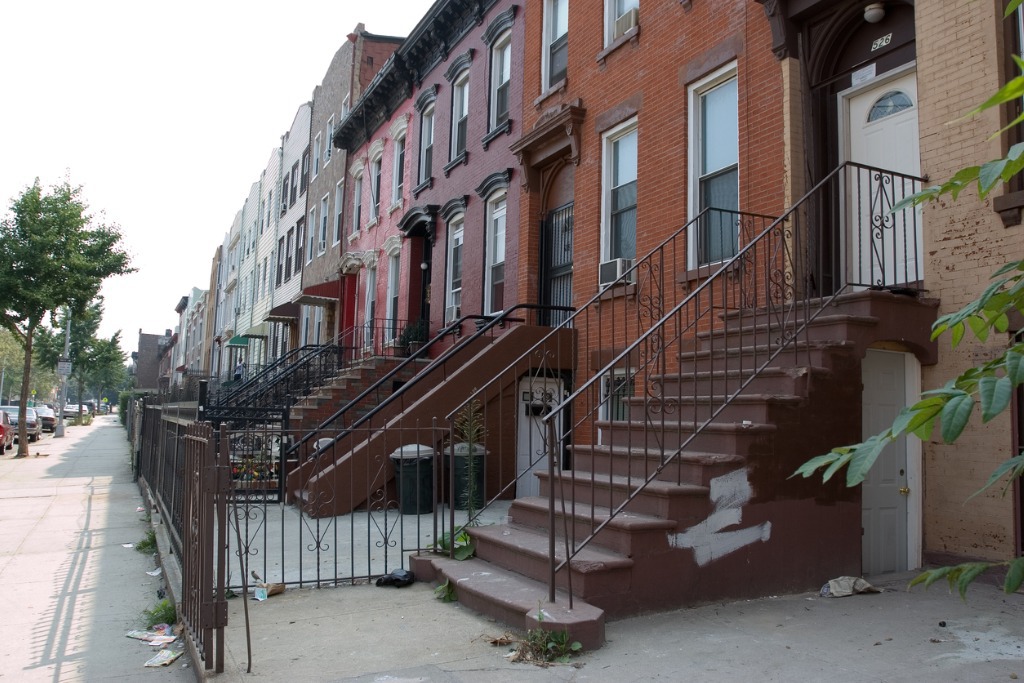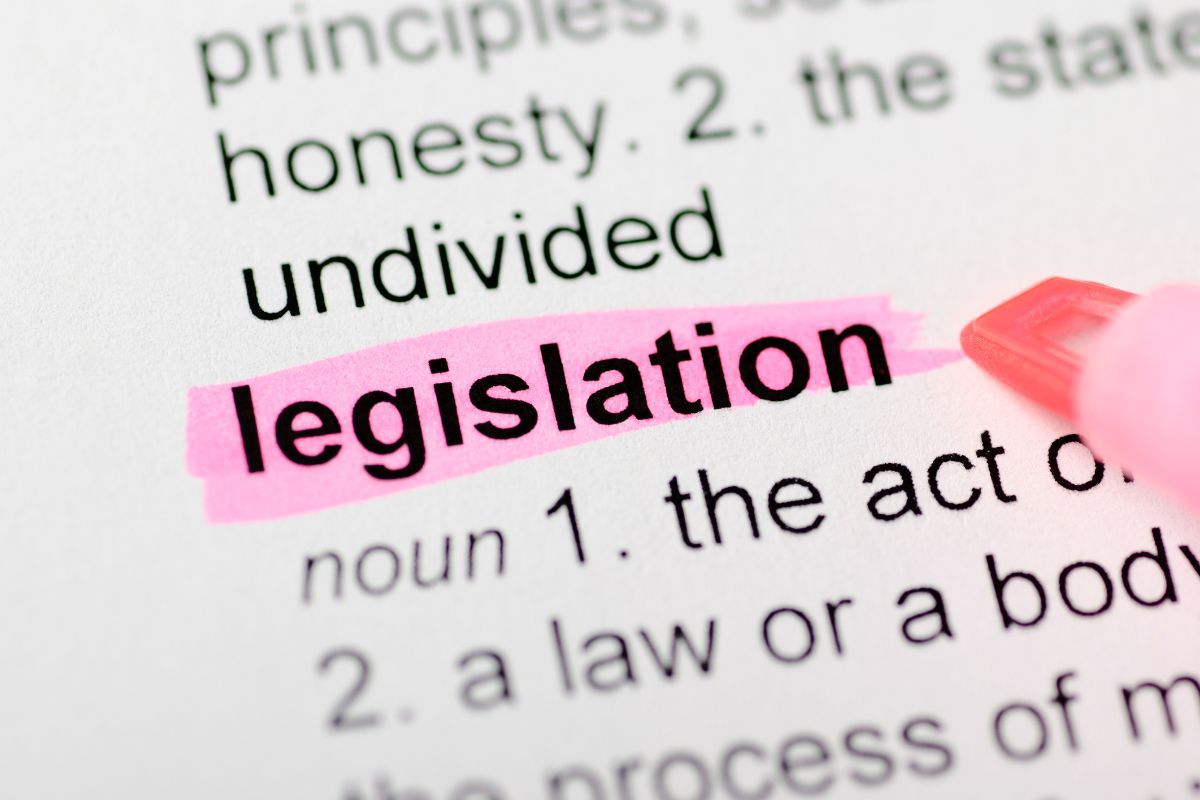
How The Neighborhood Homes Investment Act (NHIA) Works
The Neighborhood Homes Investment Act (NHIA) has been introduced in the House of Representatives as H.R. 2143 and in the Senate as S. 98. The Biden administration has included the NHIA in the American Jobs Plan to help counteract the devastating economic effects of the COVID pandemic. The NHIA creates a tax credit that encourages private investment in distressed urban housing markets. It also is available to homeowners who need to renovate their homes. The purpose of the NHIA is to maintain neighborhoods and increase opportunities for homeownership.
The National Community Stabilization Trust (NCST) has commended the Biden administration for including the NHIA in the American Jobs Plan. The NCST supports families and communities by “restoring distressed single-family homes, strengthening neighborhoods, and increasing sustainable, affordable homeownership and responsible rental.”
Here is a summary of how the NHIA works.
States allocate NHIA tax credits on a competitive basis.
The NHIA intends to inspire the influx of capital in the single-family construction, rehabilitation, and repair of 1-4 unit residential properties. First, states publish allocation plans setting standards for construction cost and quality, as well as developer fees. States allow only the tax credits reasonably needed for financial feasibility. Ten percent (10%) of each state’s allocations are set aside for nonprofit sponsors. Selection criteria for planned projects include:
- neighborhood need for new or rehabilitated homes,
- neighborhood revitalization strategy and impact,
- sponsor capability,
- likely long-term homeownership sustainability, and
- any other state criteria.
Project sponsors raise investment capital to finance home construction and substantial rehabilitation.
Sponsors for NHIA projects would include developers, lenders, and local governments. These sponsors develop the homes or work in tandem with builders and owners.
NHIA tax credits fill the gap between the development cost and final sales price – up to 35% of the cost of construction, rehabilitation, property acquisition, demolition, and environmental remediation. If homeowners contribute to the rehabilitation of their homes, NHIA tax credits fill the gap between the rehabilitation cost and the homeowner’s contribution up to 35% of the cost of rehabilitation.
Investors claim and receive tax credits after homes are completed, inspected, and owner-occupied.
A homeowner pays the sale price with a down payment and mortgage loan. The NHIA tax credit fills the gap between the development cost and the sale price. Sponsors may use any allocated but unneeded tax credits for developing additional homes.
Here is an example of home financing under the NHIA. If the acquisition and development costs equal $200,000 and the sales price is $160,000, the NHIA tax credit would cover the value gap of $40,000. The estimated impact of investment projects like this over ten (10) years would include:
• 500,000 homes built or substantially rehabilitated
• $100 billion of total development activity
• 785,714 jobs in construction and construction-related industries
• $42.9 billion in wages and salaries
• $29.3 billion in federal, state, and local tax revenues and fees
Let’s Work Together to Develop our Communities
If you want to learn more about the Neighborhood Home Investment Act, contact Savage & Associates. We can help you gain access to the benefits provided by this new, beneficial, legislation. We can also help you utilize the benefits of New Markets Tax Credits, Low-Income Housing Tax Credits, C-PACE, Historic Tax Credits, and other vital economic development tools. To reach us by phone, call 215.880.9441 in Philadelphia, or 202.817.3941 in Washington D.C. to arrange a consultation. You can also visit our website at Savage & Associates 24 hours a day, seven days a week for more information.





